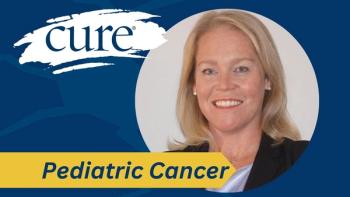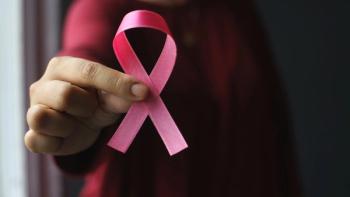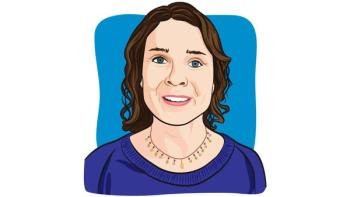
Hydration and Movement Are Important for Patients With MPNs
“When people see me, they just feel like they have to start jogging,” as one chief nurse practitioner tells CURE when discussing how patients with MPNs can reduce their risk of cardiovascular and thrombotic events.
Patients with myeloproliferative neoplasms (MPNs) — a group of blood cancers that causes the bone marrow to overproducer red or white blood cells or platelets and which includes polycythemia vera, essential thrombocythemia and myelofibrosis) — are at particular risk for thrombotic and cardiovascular events.
“It's really a problem for all patients with cancer because it does increase your chances of developing a clot, for example,” said Kim Noonan, nursing and patient care services chief nurse practitioner at the Dana-Farber Cancer Institute in Boston, during a conversation about the risks faced by patients, and the ways in which nurses can help patients prevent cardiovascular and thrombotic events.
However, such risks are of particular concern for patients with MPNs, as literature has shown.
“Clinicians have long recognized an association between MPNs and increased risk for both thrombotic and hemorrhagic complications,” stated the authors of an article published in JACC: CardioOncology. “A recent meta-analysis of 13,436 patients with MPNs showed a pooled prevalence of arterial thrombosis of 16.2% and of hemorrhagic complications of 6.2%. Indeed, cardiovascular events often accompany this cluster of hematologic conditions and contribute significantly to morbidity and mortality.”
Symptoms of a clot or pulmonary embolus include shortness of breath and chest pain, especially following exertion, as well as an elevated or irregular heart rate and an unexplained fever noted Noonan, the co-author of a Journal of Oncology Nursing study on the assessment and prevention of venous thromboembolism and cardiovascular disease among patients with another form of blood cancer, multiple myeloma.
“I'm always thinking about thrombosis first, and then I can relax if I have maybe another explanation for their shortness of breath,” Noonan said. “But we're always working it up, we really do due diligence to not miss some kind of thrombotic event that's going on.”
Transcript:
I think when people see me, they just feel like they have to start jogging, because I'm always saying, “You (have) got to move, you have to move, you have to move.” And it's so, so important. That person that is sedentary is really at a huge risk to the point of where if they have a sedentary lifestyle, we're thinking maybe that person needs to be on needs to be on anticoagulant therapy right from the beginning, as opposed to just using an aspirin.
We really want people to stay hydrated. We want them to get up and walk around. We want them to be aware of what the symptoms are (and be aware that) they can be doing everything right and still develop a clot because of the medication that they're on. But I think also, education is essential, (letting a patient know) that you are on a medication that can increase your chances of developing a clot or thrombosis, and (you should) just be aware of what the symptoms are.
Transcript has been edited for length and clarity.
For more news on cancer updates, research and education, don’t forget to




